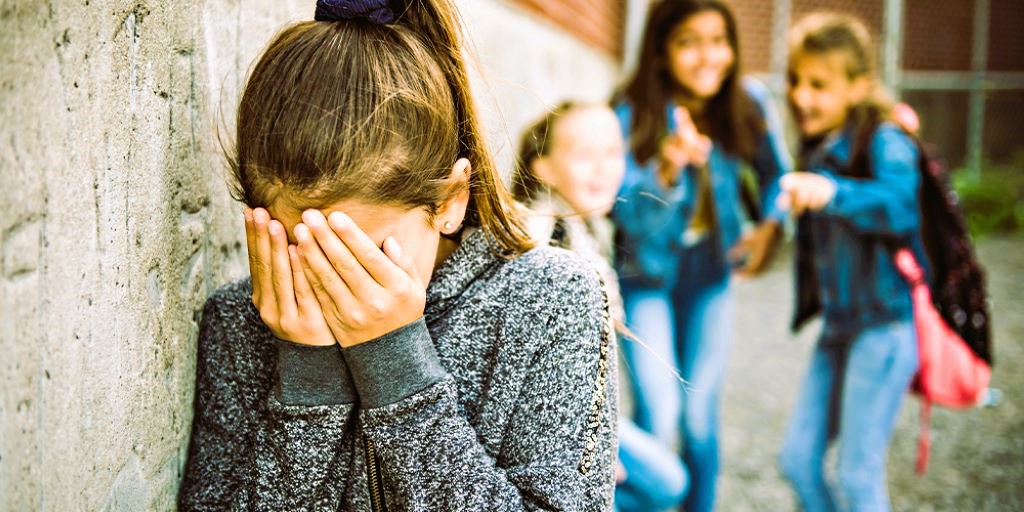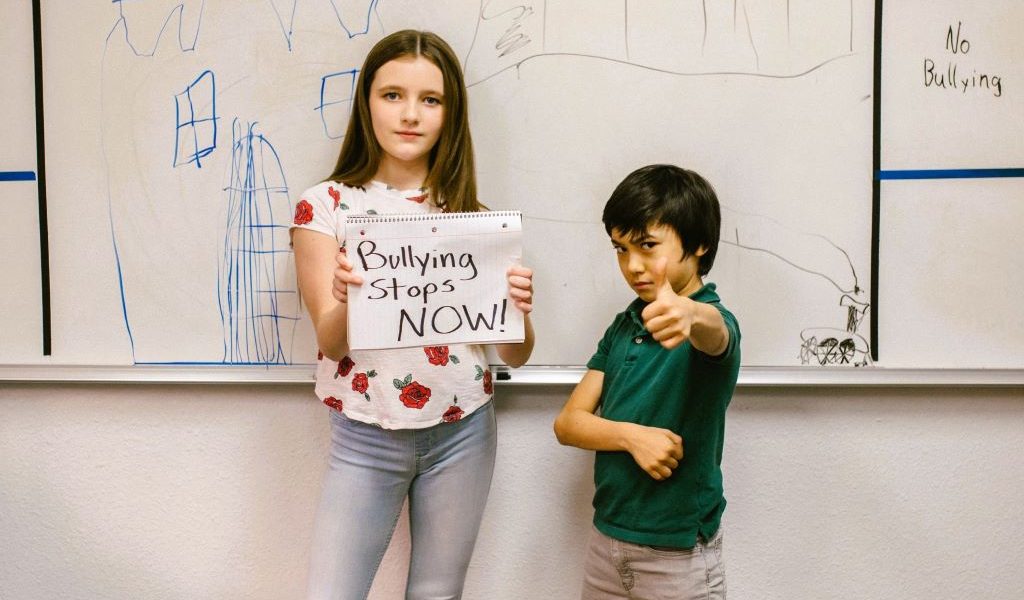Bullying is a pervasive issue impacting schools worldwide. It can have lasting negative effects on students’ mental health, academic performance, and overall well-being. However, creating a safe and inclusive learning environment is possible. This article explores the signs of bullying, effective interventions, and the importance of building strong support systems within schools and communities.
Understanding the Landscape of Bullying
Bullying can be physical, verbal, social, or cyber. Physical bullying involves hitting, kicking, or stealing. Verbal bullying includes name-calling, insults, and threats. Social bullying seeks to isolate a person, while cyberbullying uses technology to harass, embarrass, or exclude someone.
According to the National Center for Education Statistics, nearly 20% of students aged 12-18 reported experiencing bullying in 2019. However, experts believe this number may be even higher due to under-reporting.
Dr. Susan Swearer, a leading researcher on bullying, highlights the long-term consequences. “Bullying can lead to depression, anxiety, and even suicide,” she states. “It can also impact academic achievement and future opportunities”.

Recognizing the Signs: When to Intervene
Early intervention is crucial. Here are some signs that a student might be experiencing bullying:
- Physical changes: Frequent injuries, torn clothes, or loss of belongings.
- Emotional changes: Withdrawal, anxiety, depression, or changes in eating or sleeping habits.
- Behavioral changes: Loss of interest in school, declining grades, or avoiding social situations.
- Social changes: Difficulty making friends, being left out of activities, or becoming withdrawn.
If you notice these signs in your child, a student you know, or even suspect bullying is occurring, it’s important to take action.
Moving from Awareness to Action: Effective Interventions
Schools play a vital role in creating a culture of respect and preventing bullying. Here are some effective interventions:
- Multi-Tiered System of Supports (MTSS): This framework provides a layered approach, offering universal prevention programs for all students, targeted interventions for those at-risk, and intensive support for students already experiencing bullying.
- Bystander Intervention Training: Equipping students with the skills to safely and effectively intervene when they witness bullying can significantly disrupt the dynamic.
- Positive Behavioral Interventions and Supports (PBIS): PBIS programs establish clear expectations for behavior, providing positive reinforcement and creating a more predictable and supportive learning environment.
It’s important to note that there’s no “one-size-fits-all” solution. Schools should implement a combination of these strategies and tailor them to their specific needs.
Related: How to Stop Cyberbullying? 5 Keys that Work
Building a Support System: Beyond the Classroom Walls
Parents, teachers, counselors, and community members all play a crucial role in preventing bullying. Here’s how to build a strong support system:
- Open Communication: Create open communication channels where students feel safe to report bullying without fear of judgment.
- Positive Relationships: Foster positive relationships between students and adults. Feeling connected to a trusted adult can be a powerful buffer against bullying.
- Community Involvement: Partner with community organizations to offer social-emotional learning programs and build a network of support beyond the school walls.
Storytelling for Impact:
Imagine a school that implements a comprehensive anti-bullying program. Students participate in bystander intervention training, and teachers actively monitor hallways and bathrooms – common bullying grounds. A group of students witness a potential bullying situation and, equipped with their training, intervene effectively, stopping the incident before it escalates. This is the power of a proactive approach.
By working together, schools, families, and communities can create safe and inclusive learning environments where all students can thrive.
Remember, you are not alone. There are resources available to help.
- StopBullying.gov: https://www.stopbullying.gov/
- PACER Center: https://www.pacer.org/bullying/
Let’s work together to ensure that every student feels safe, respected, and empowered to learn.









